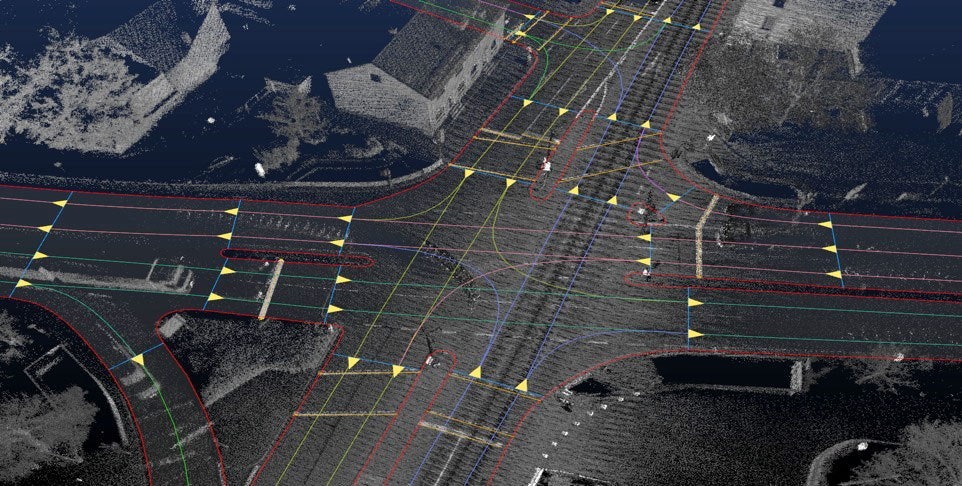Again, it is not needed but is complementary and can avoid false positives that get corrected automatically. Seriously you are misrepresenting the information naively. Example false braking may happen but it is a very short duration and then they system realizes it was false and continues. It is not like the system 'sees' something and slams on the brakes until it skids to a stop. These system process video 1000s of times per second and can tell from one snapshot/image/frame to the next how it has changed and deduced the next steps. Lot of info as well on how multiple frames in fractions of a second can be used to determine the distance to objects (ie. size is relative, speed is relative ... to the car you are in -- examples in the Tesla videos above an online where it constantly updates the speed and location of nearby objects!). This is SDC 101 stuff that you are talking about. Watch some of the presentations in question. No, I'm not going to look all this up for you and point you to it. It is all easy to find.But when you need external data to help you brake or swerve, I have to question the capability of the system when such data is not available.
Keep in mind that LIDAR does not work in heavy rain, snow, etc. It is a backup as well to radar and cameras.

Last edited:




